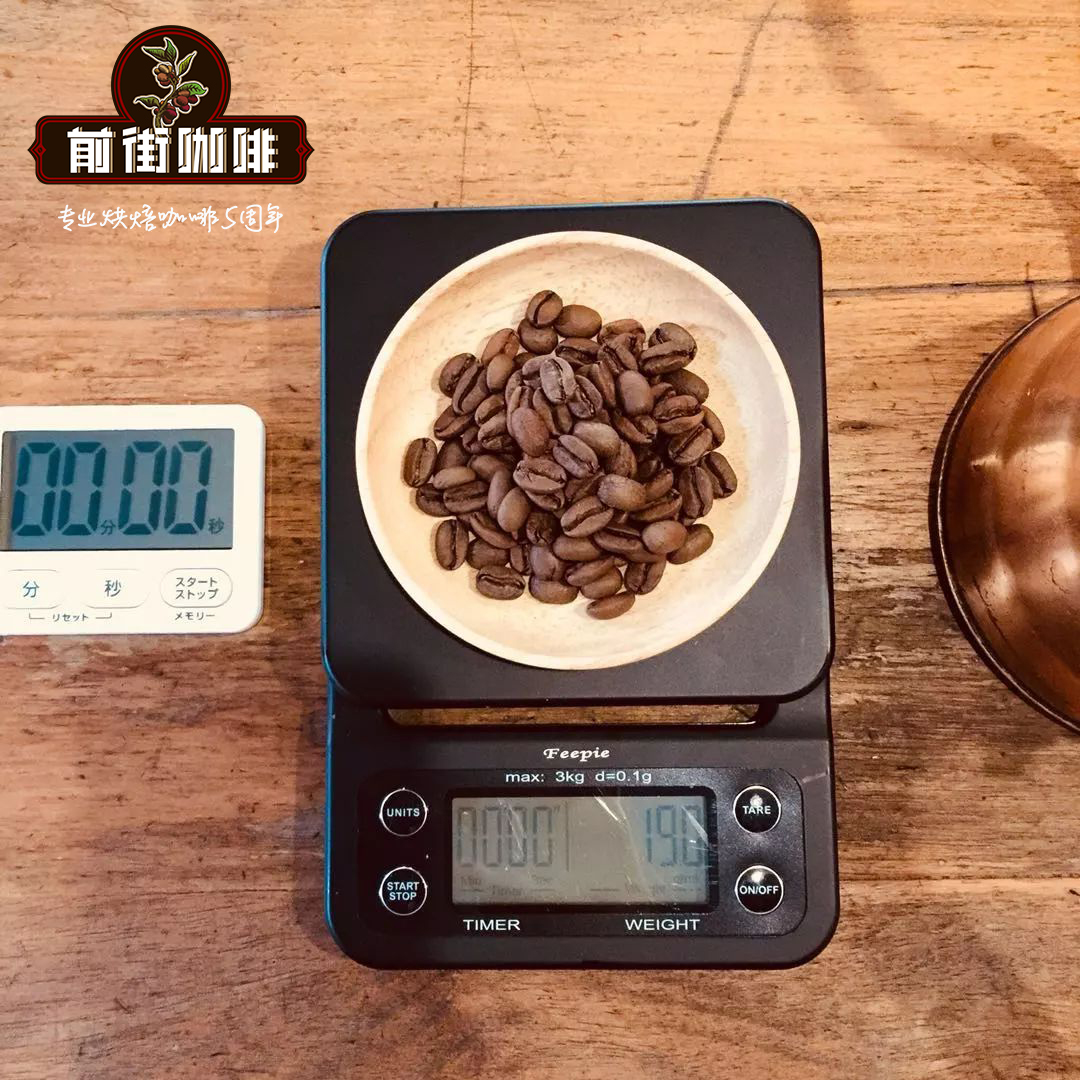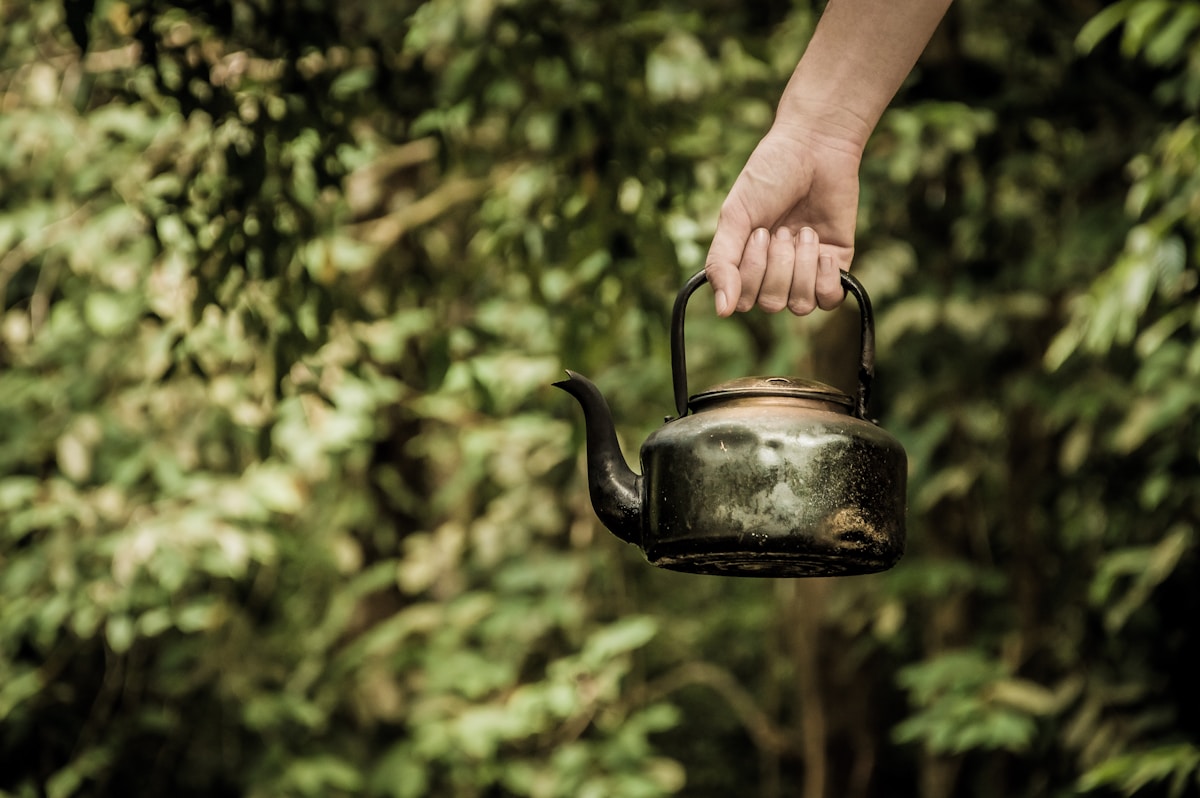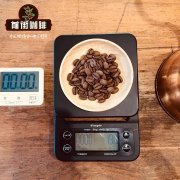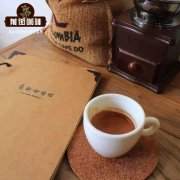Have you ever had coffee, pulp and tea? Is it coffee or tea?

Professional coffee knowledge exchange more coffee bean information please follow the coffee workshop (Wechat official account cafe_style)
Since the rise of hand-brewed and freshly brewed coffee, as well as the increasing demand for tea
The world of boutique coffee and tea have changed a lot over the years.
Among them, there is a new exotic drink called Cascara, also called coffee pulp tea.
Even if the drink slowly starts selling in coffee shops around the world, it is still not an easy-to-find ingredient.
So strangers to Cascara may wonder what the drink looks like and what it tastes like.

Cascara in Spanish means skin, shell, or skin, that is, dried coffee pulp.
The pulp is the substance after the intermediate seeds (coffee beans) are removed from the coffee fruit and exposed to sunlight before packaging and transportation.
These dried pulp are not like tea bags, mainly because the dried pulp looks slightly larger than tea.
It also has a leather and woody appearance like a raisin or nut shell.
With regard to the benefits of the coffee pulp process, it is not only useful in farming, it is also very environmentally friendly.
Coffee pulp is usually regarded as a by-product of coffee treatment, either directly discarded or used as compost.
Now, these pulps are being reused to make unique drinks.
Is it coffee? Tea? Or both coffee and tea?

Extended reading: how to get decaf? Can high-quality beans also be made into decaf?
Cascara is between coffee and tea.
Although it is obtained from coffee plants, it doesn't taste like coffee at all.
People who have drunk Cascara often describe it as sweet, with the flavor of rose fruit, hibiscus cherry, red currant, mango and even tobacco.
(the translator thinks it tastes like longan, fruit tea and sweet and sour taste.)
Similarly, tea and coffee have different caffeine levels.
The article "Cascara and caffeine" on Square Mile's blog is described as follows:
"the ratio of Cascara to water will affect the caffeine content of the drink, but the soaking time will only make a slight difference.
To my surprise, we found that the caffeine content of Cascara was very low, even if it was cooked in the thickest proportion and the longest time.
Cascara contains only 111.4 milligrams of caffeine per liter, compared with about 400-800mg per liter of coffee. "

Cascara is not coffee, nor is it tea.
Because Cascara comes from coffee plants rather than tea plants, it cannot be classified as real tea.
Some people think that Cascara is not herbal tea either, but more like the flavor of fruit.
However, some herbal teas are made from fruit, so perhaps the best way to classify Cascara is fruit herbal tea.
Coffee and pulp tea may be a novel drink in some places, but it is a popular drink in some areas.
According to coffee suppliers in Melbourne:
"for centuries, coffee farmers in Yemen and Ethiopia have dried coffee pulp and brewed it to drink.
It may even be done before coffee beans are made into drinks.
These countries add dried pulp to spices, such as ginger, nutmeg or cinnamon.
In Ethiopia it is called Hashara, and Yemen is called Qisher.
These drinks are still very popular in these countries.
Even coffee pulp sells more than coffee beans in Yemen because it is cheaper than coffee beans.

Although Cascara has always been used in Yemen and Ethiopia
Coffee farmers in South America (especially El Salvador and Bolivia) have begun to sell and export Cascara.
Like most herbal teas, Cascara is made by adding dried coffee pulp to hot water.
As coffee pulp tea is more novel than some countries, no one has yet published the most suitable formula for brewing.
This allows the store to test the proportion of soaking and soaking time.
Square Mile recommends using about 5 to 7 grams of pulp with 240g of boiling water to brew.
Although Cascara has a sweet taste, some people suggest adding some honey or sugar to add flavor.
You can also add ginger, nutmeg or cinnamon to taste the historic Qisher (Yemen Coffee Pulp Tea).

Cascara can also be extracted with cold bubbles and presented as iced tea-Verve Coffee Roaster provides the following brewing methods:
Use 6 tablespoons of dried fruit with 10 ounces (300 grams) of cold water. Put the tea in the refrigerator for 24 hours, then filter and drink. If the coffee shop wants to omit the filtering step in hot or cold Cascara, you can use a French filter kettle or tea maker to make it.
Coffee pulp tea also provides a good way for coffee shop operators to interact with customers.
Many people drink coffee to refresh themselves, but they seldom care about the flavor they drink and what they want to add to their coffee.
Cascara can make up for that.
Dried coffee helps to let people know where the coffee comes from and how to make it.
This win-win situation: coffee shops can expand the population of consumers through the presentation of coffee and pulp tea.
In addition to making people know more about coffee, it also allows people to try new things.
Important Notice :
前街咖啡 FrontStreet Coffee has moved to new addredd:
FrontStreet Coffee Address: 315,Donghua East Road,GuangZhou
Tel:020 38364473
- Prev

How to adjust the water temperature to make better coffee?
Professional coffee knowledge exchange more coffee bean information Please pay attention to the coffee workshop (Wechat official account cafe_style) in a cup of coffee, water accounts for 94-98%, but in addition, water temperature (including minerals in water) will also affect the sweet, bitter and sour taste of coffee. Controlling the temperature of cooking water is very important for people who like to flush by hand, but it is a pity that the water temperature is often because of people.
- Next

The security code for caffeine intake. What is caffeine?
Professional coffee knowledge exchange more coffee bean information Please follow the coffee workshop (Wechat official account cafe_style) recently in the United States, it was reported that a 16-year-old boy drank three caffeinated drinks within two hours, resulting in sudden death of arrhythmia, which attracted public attention. Daily life is full of all kinds of caffeine drinks and foods, in addition to coffee, tea, energy drinks,
Related
- Why does hot American coffee taste bitter? Difference in proportional concentration between hot American and ice American
- Is espresso stored overnight in the refrigerator harmful to your body? Is frozen coffee better than freshly ground coffee?
- What parameters and proportions of water temperature should be used to grind and brew fresh coffee beans? Why can't I drink freshly roasted coffee right away?
- Customers have "changed" Manner's new products! Shop assistant: Please don't mess around!
- Remove sockets in customer areas at Starbucks stores?! Netizen: I won't go if I really tear it down
- What is the difference between the taste steps of sun-dried coffee and washed coffee? Why is sun-cured coffee sweeter and washed coffee sour?
- The recipe for salty grapefruit dirty is revealed! Coffee Festival salty grapefruit dirty coffee making materials parameters ratio milk share!
- How about the flavor of Sunlight 74158 at Sidamo Banshaha Mathieu Processing Factory in Ethiopia? 74158 Share the proportion of coffee brewing parameters!
- What effect does Italian American coffee with filter paper have? Will coffee taste better if it is put on filter paper at the bottom of the powder bowl?
- What is the color difference in coffee beans? What are the characteristics of honey processed coffee beans? Why are the anaerobically treated coffee beans uneven in color?

